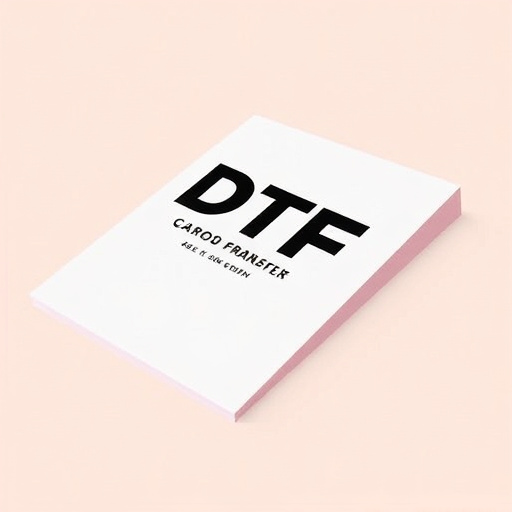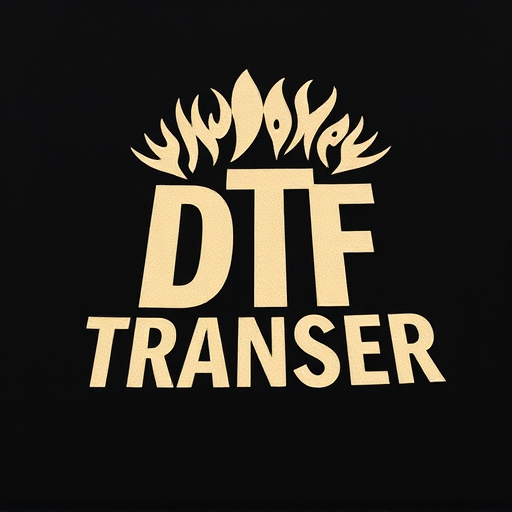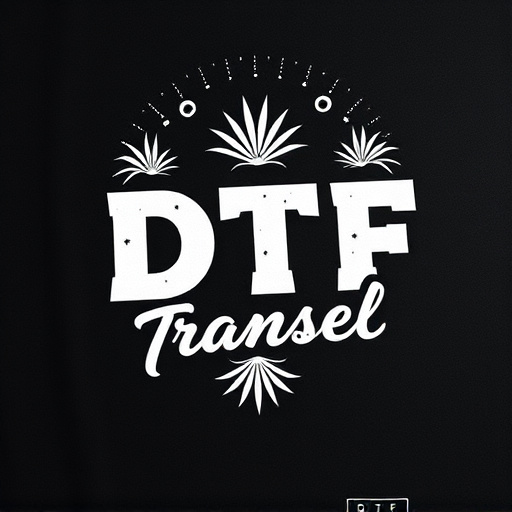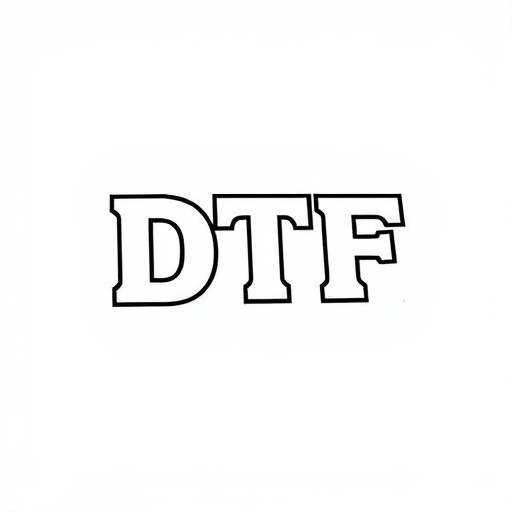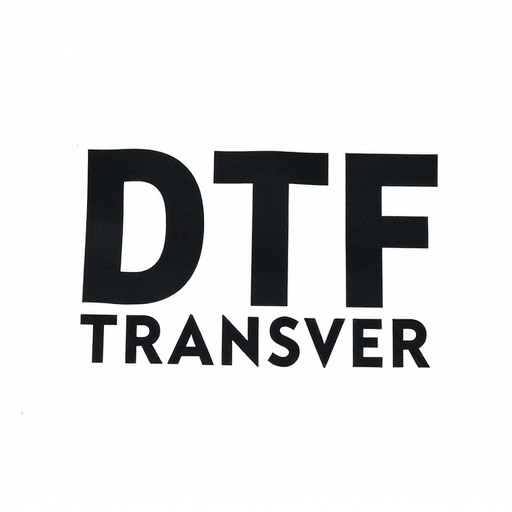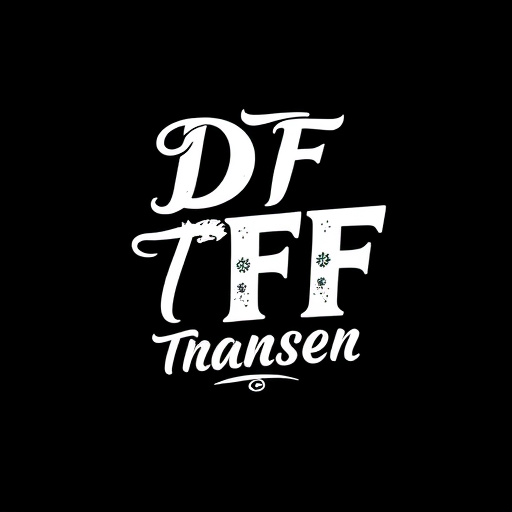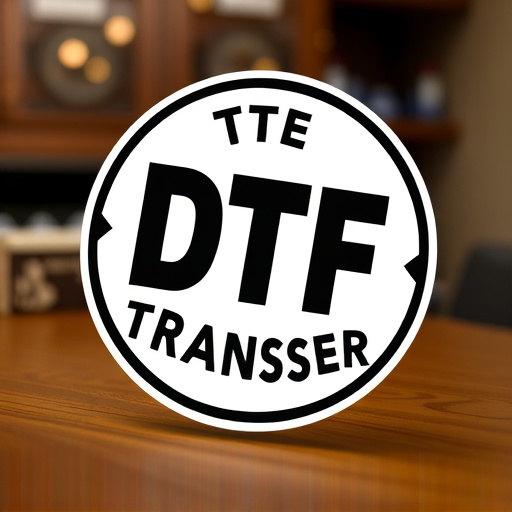Direct-to-film (DTF) transfers offer cutting-edge printing technology for exceptional customization across various sectors. This process allows for precise, vibrant designs on diverse materials like fabrics, plastics, and metals, appealing to businesses seeking unique, high-impact prints for personalization or mass production. DTF's versatility, efficiency, and durability make it a preferred choice, enabling retailers to cater to niche markets while maintaining competitive pricing. The technology involves transferring ink directly onto film, followed by careful material selection and precise artwork preparation to ensure vibrant, durable final prints. DTF is revolutionizing industries from fashion to signage, with advanced machinery and software facilitating fast production of custom designs at relatively low costs.
In an era defined by personalized experiences, direct-to-film (DTF) transfers have emerged as a game-changer for retailers. This cutting-edge technology allows for the creation of custom prints on various materials, from textiles to signage, with unparalleled precision and quality.
This article delves into DTF transfers, exploring their benefits, material choices, design considerations, production process, and diverse applications across industries. Unlock the potential of DTF printing and discover how it’s revolutionizing personalized product offerings.
- Understanding DTF Transfers: A Comprehensive Overview
- The Benefits of Custom Direct-to-Film Prints
- Choosing the Right Materials for Your DTF Project
- Design and Pre-Press Considerations for Optimal DTF Results
- Production Process: From File to Final Print
- Applications and Industries Embracing DTF Technology
Understanding DTF Transfers: A Comprehensive Overview
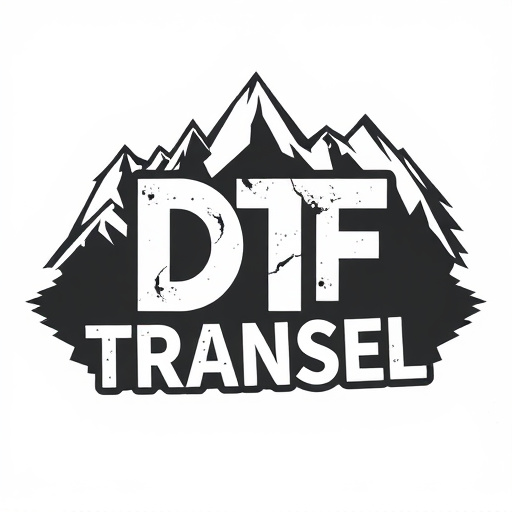
Direct-to-film (DTF) transfers are a cutting-edge printing technology that allows for exceptional customization and quality in various applications, from apparel to signage. Unlike traditional printing methods, DTF involves transferring ink directly onto a film surface, which can then be applied to a wide range of materials. This innovative process offers unparalleled precision, vibrant colors, and sharp details, making it a favorite among businesses seeking unique, high-impact designs.
The DTF transfer process starts with creating or obtaining a digital design that is then separated into layers based on the different materials it will be applied to. A specialized printer uses UV-curable ink to precisely print these designs onto a flexible film. Once cured, the film becomes a reusable stencil, enabling efficient and consistent transfers onto various substrates like fabrics, plastics, metals, and more. This versatility makes DTF printing an attractive option for businesses looking to personalize products, create eye-catching displays, or mass-produce custom items with minimal hassle and maximum impact.
The Benefits of Custom Direct-to-Film Prints
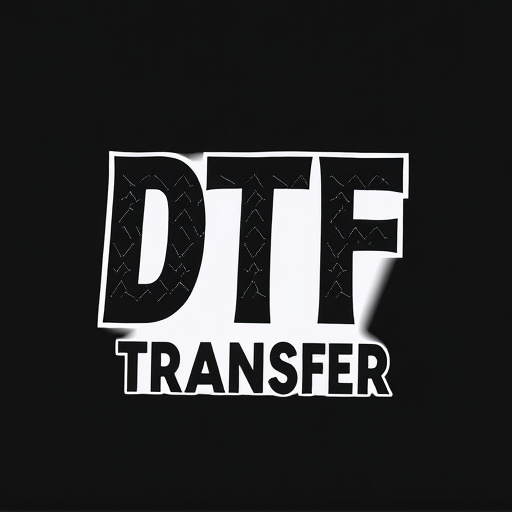
Personalized direct-to-film (DTF) transfers offer a myriad of benefits for both businesses and consumers. One of the key advantages is the ability to create unique, high-quality prints that are tailored to individual preferences. With DTF technology, images and designs can be seamlessly applied to various surfaces, from clothing to accessories, without compromise on detail or vibrancy. This level of customization allows retailers to cater to niche markets and cater to customers seeking distinctive items.
Moreover, DTF Printing provides an efficient and cost-effective solution for businesses. The process streamlines production by eliminating the need for costly set-up fees and complex machinery typically associated with traditional printing methods. As a result, retailers can offer competitive pricing while maintaining profit margins. Additionally, DTF prints are durable and resistant to fading, ensuring that the custom designs last for extended periods, making them ideal for items intended for frequent use or exposure to outdoor elements.
Choosing the Right Materials for Your DTF Project
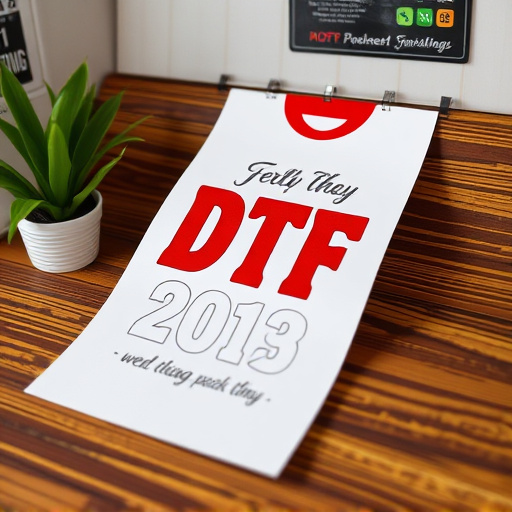
When embarking on a DTF (Direct-to-Film) transfer project, selecting the appropriate materials is a pivotal step that significantly impacts the final outcome. The right choice ensures your designs translate accurately onto various surfaces, from clothing to accessories. Key considerations include fabric type and color, as different materials absorb inks differently; a crucial factor in achieving vibrant, lasting DTF prints.
Opting for high-quality, suitable substrates enhances the durability of your prints. For instance, choosing between cotton, polyester, or a blend can affect both the print’s richness and its longevity. Additionally, understanding the intended use of the final product guides material selection; outdoor items might require water-resistant materials, while apparel benefits from breathable fabrics.
Design and Pre-Press Considerations for Optimal DTF Results

When designing and preparing artwork for a Direct-to-Film (DTF) transfer, several key considerations come into play to ensure optimal results. The DTF process demands precision and attention to detail as it involves printing directly onto a clear film that will then be applied to various surfaces, such as ceramics, glass, or metal. Therefore, the design should be optimized for both the chosen medium and the final application.
In the pre-press stage, the quality of the artwork and its resolution are critical. High-resolution images with crisp lines and accurate color representation are essential for successful DTF prints. Using the right file format, such as PDF or EPS, ensures that all design elements are accurately translated onto the film. Additionally, ensuring proper trimming and layout settings in your design software prevents white borders from appearing on the final product. These considerations collectively contribute to creating DTF transfers that offer vibrant colors, fine details, and a professional finish when applied to various substrates.
Production Process: From File to Final Print
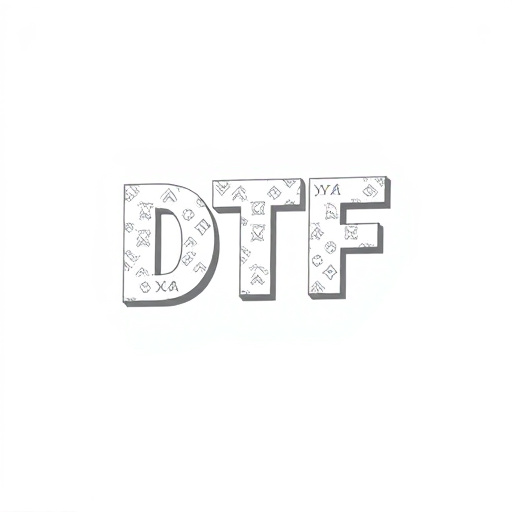
The process of creating a personalized DTF (Direct-to-Film) transfer involves several intricate steps to ensure high-quality results. It begins with the client providing their desired design or image, which is then digitally prepared and optimized for printing. This preparation stage includes adjusting color profiles, resolution, and overall file format to meet the specific requirements of DTF printing. Once the file is ready, it’s sent to specialized software that converts it into a format compatible with the printer.
The actual printing process utilizes advanced machinery to apply the design onto a film or substrate. The film is precisely coated with ink, and the design is then transferred layer by layer, ensuring accuracy and vibrancy. After printing, the film goes through a series of quality checks to guarantee adherence to specifications. Any imperfections are corrected, and once approved, the final DTF print is ready for use on various surfaces, offering a unique and personalized touch to any project.
Applications and Industries Embracing DTF Technology
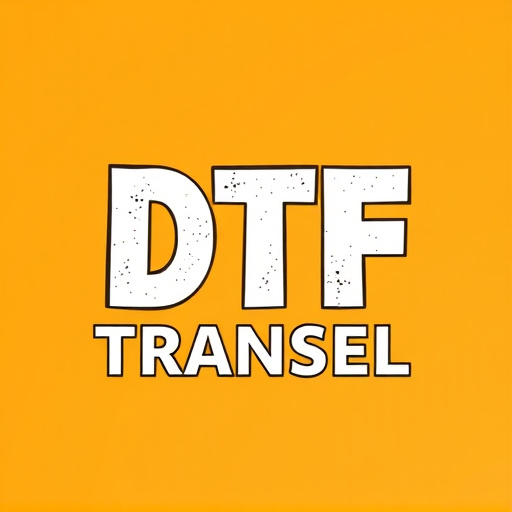
The Direct-to-Film (DTF) transfer technology has revolutionized various industries by offering a fast and efficient method for creating high-quality prints. This innovative process allows for direct printing on a wide range of materials, from textiles to ceramics and even metal surfaces. In the retail sector, specialized outlets embracing DTF technology cater to diverse customer needs, providing personalized and unique products. For instance, fashion designers can quickly bring their creative visions to life by printing intricate patterns and designs directly onto fabric, enabling them to offer one-of-a-kind garments.
Beyond fashion, industries such as signage, promotional merchandise, and even automotive customization have embraced DTF Printing. It allows for the production of eye-catching visuals, custom logos, and personalized gifts in a timely manner. The versatility of DTF Transfer makes it an attractive option for businesses seeking to create tailored products while keeping production costs relatively low. As DTF technology continues to evolve, its applications are expected to expand further across various sectors, solidifying its position as a game-changer in the world of printing and customization.






